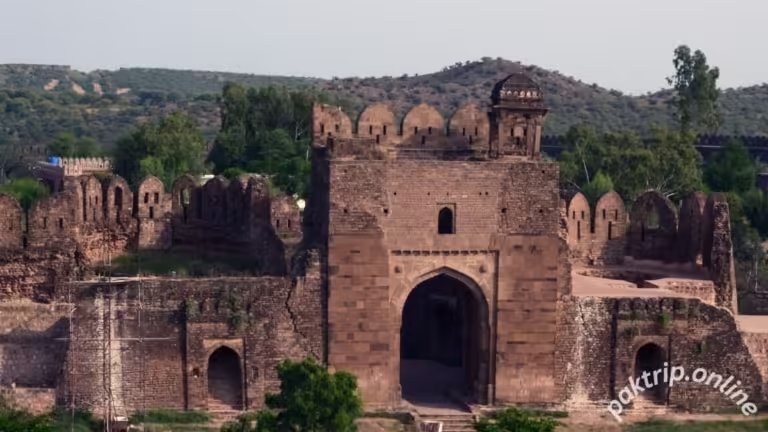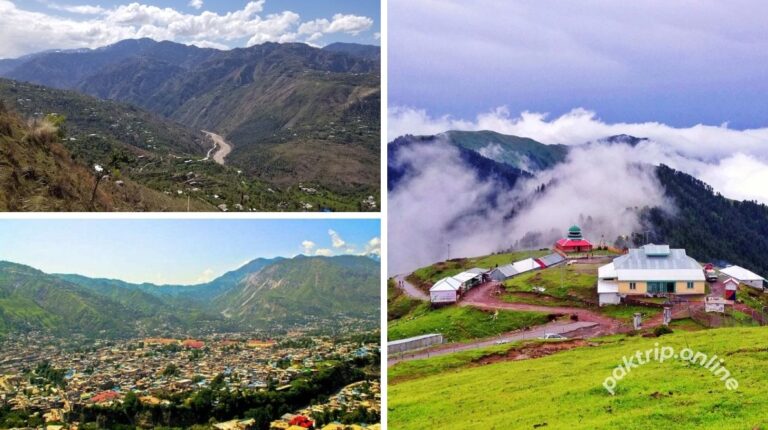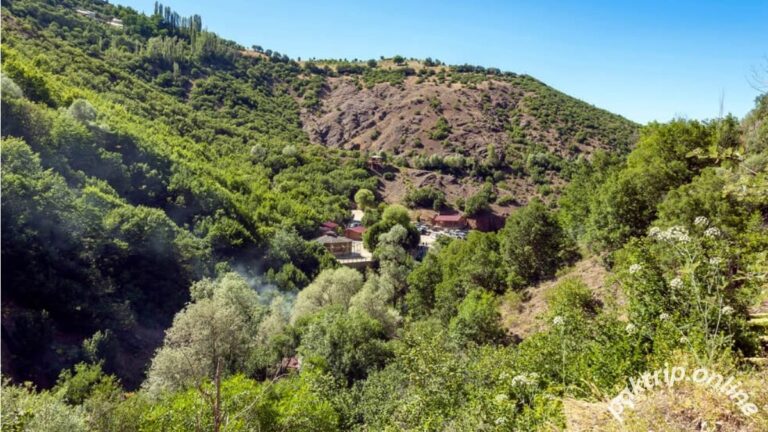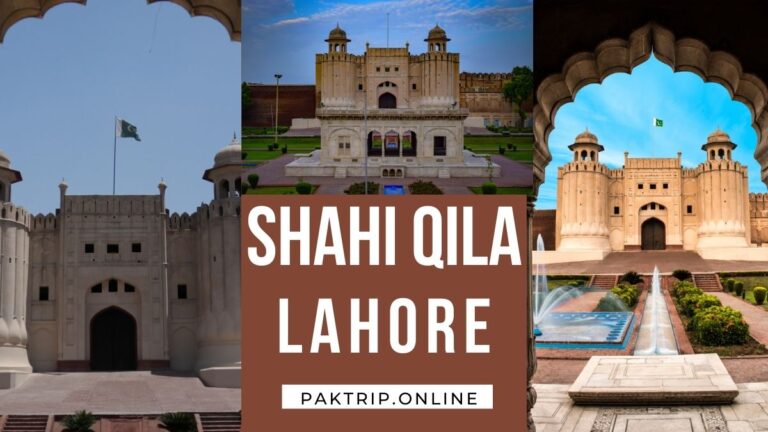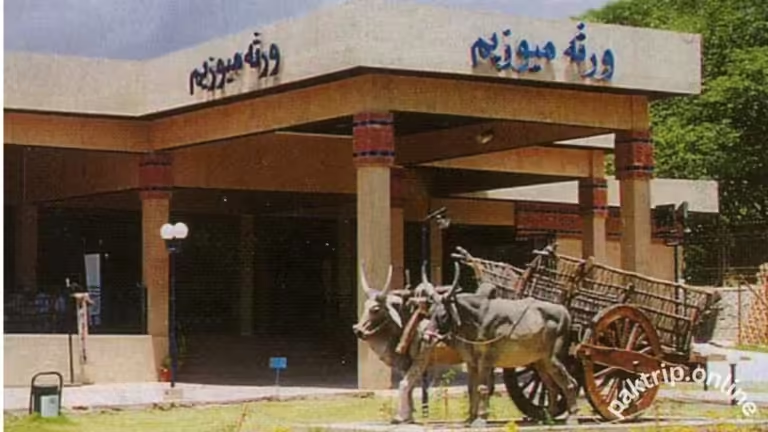Exploring Hunza Valley: A Hidden Gem in Pakistan’s Karakoram Range
Situated in the northernmost part of Pakistan, Hunza Valley is a magical destination that attracts adventurers, nature lovers, and history enthusiasts from across the globe.
With its breathtaking views of snow-capped peaks, lush green meadows, historical sites, and welcoming locals, Hunza Valley is truly a paradise for anyone looking to explore untouched beauty and vibrant cultures.
Getting to Hunza Valley
While reaching Hunza might seem challenging, it’s part of the thrill. Travelers begin their journey in Islamabad, the capital city of Pakistan, where they can either take a direct flight to Gilgit or drive to Hunza via the scenic Karakoram Highway. This highway, often dubbed the “Eighth Wonder of the World,” stretches for over 800 miles and runs through the most rugged mountains on Earth, offering panoramic views of towering peaks, deep valleys, and rivers.
For those who prefer road trips, the journey to Hunza is nothing short of extraordinary. Driving through narrow mountain roads, visitors pass by small villages, glacial rivers, and lush valleys. The 20-hour drive might be long, but the natural beauty witnessed along the way makes it all worthwhile.
The Charm of Hunza: Where Nature Meets Culture
Hunza Valley is home to three main regions: Lower Hunza, Central Hunza, and Upper Hunza, lovingly called Gojal. Each region showcases its unique charm, landscapes, and unforgettable experiences.
1. Lower Hunza (Central Hunza)
This region is where you’ll find some of Hunza’s most famous historical landmarks, including Baltit Fort and Altit Fort. These centuries-old structures stand proudly against the backdrop of the towering Rakaposhi Peak (7,788 meters) and are steeped in history and culture. The forts were built by the ruling families of Hunza, showcasing intricate architecture with Tibetan influences. Visitors can explore their majestic halls, courtyards, and watchtowers, offering panoramic views of the valley below.
Nearby, you’ll find the picturesque village of Karimabad, which is considered the heart of Hunza. It is dotted with lush orchards, quaint stone houses, and local bazaars, offering a perfect blend of history and everyday life.
2. Upper Hunza (Gojal)
For travelers seeking more serenity and adventure, Upper Hunza is the place to be. Home to iconic spots like Passu Cone’s distinctive jagged peaks that seem to rise straight out of the earth this region is ideal for hiking, photography, and connecting with nature. The picturesque Hussaini Suspension Bridge is another must-visit in Upper Hunza. Known as one of the most dangerous bridges in the world, it’s not for the faint of heart but offers an exhilarating experience for thrill-seekers.
Beyond the adventure, the villages in Upper Hunza are peaceful, offering a chance to experience local life firsthand. The people here live in harmony with nature, and visitors can learn about their traditions, customs, and legendary longevity.
3. The Hidden Beauty of Attabad Lake
A stunning addition to Hunza Valley’s already picturesque landscape is Attabad Lake. This emerald-colored lake was formed in 2010 following a catastrophic landslide, and its surreal beauty makes it one of the most popular spots for visitors. While visiting the lake, travelers can indulge in boating, fishing, or simply enjoying the tranquility of the surrounding mountains.
Activities for Every Type of Traveler
Whether you love adventure, history, or nature, Hunza Valley offers something for everyone.
1. Trekking and Mountaineering
Hunza is renowned for its world-class trekking opportunities, particularly for those aiming to hike to K2 Base Camp or explore the rugged beauty of the Baltoro Glacier. These are some of the most challenging treks on Earth, providing experienced mountaineers with an unparalleled adventure. For those looking for less strenuous hikes, the Rakaposhi Base Camp trek offers spectacular views of the peak and surrounding landscapes, making it ideal for beginner to intermediate trekkers.
2. Cultural Exploration
Hunza is not only known for its natural beauty but also for the warmth and hospitality of its people. The region’s culture is a blend of Central Asian, Tibetan, and Kashmiri influences, which can be seen in its unique customs, art, and architecture. You can experience this culture by staying with a local family in a homestay, where you can learn about their way of life, taste authentic dishes, and gain insight into the local customs.
3. Local Festivals
If you time your visit right, you can attend the Shandur Polo Festival, held every July in the nearby Shandur Pass. Polo is a traditional sport in Hunza, and this festival is one of the most exciting events in the region, featuring polo matches played at the highest polo ground in the world (3,700 meters above sea level).
A Culinary Journey Through Hunza
Hunza’s food culture reflects the valley’s emphasis on healthy, fresh, and organic food. The Hunza people eat a plant-based diet, with fruits, vegetables, and nuts forming the foundation of their meals. The most famous local dishes include:
Chapshoro: A delicious meat-filled pastry that’s perfect for a hearty meal.
Harissa: A nutritious porridge made from wheat and meat, often eaten in the winter months.
Mulberry Tea: A refreshing drink made from dried mulberries, packed with antioxidants.
Fresh apricots, walnuts, and honey are also key ingredients in Hunza’s food culture. Many attribute the region’s high life expectancy (often exceeding 100 years) to its healthy diet, which is rich in antioxidants and nutrients.
The Longevity of the Hunza People
One of the most remarkable things about Hunza is the exceptional longevity of its people. Studies have long suggested that the people of Hunza live some of the longest lives in the world, with many individuals living to 100 years or older.
While genetics certainly plays a role, the Hunza diet, active lifestyle, stress-free environment, and the clean, fresh air of the Karakoram mountains contribute significantly to their long life expectancy. Hunza’s unique lifestyle is deeply embedded in its culture, making it an attractive place for those seeking both inspiration and rejuvenation.
Best Time to Visit Hunza Valley
Hunza Valley is a year-round destination, but each season offers a different experience:
Spring (March to May): The valley bursts into color as apricot trees blossom, painting the landscape in delicate pink and white hues.
Summer (June to August): Ideal for trekking and outdoor adventures, with pleasant temperatures and clear blue skies.
Autumn (September to November): The valley transforms into a golden wonderland as the leaves change color, offering a picture-perfect setting for photographers.
Winter (December to February): Snow blankets the region, transforming it into a serene, snow-covered paradise. Although cold, it’s ideal for those seeking peace and solitude.
Hunza’s Rich History and Heritage
Hunza Valley is rich in natural beauty and deeply rooted in history. The valley was once a key part of the Silk Road, where traders and travelers from across Asia passed through on their way to other regions. This historical significance can still be seen in the ancient Baltit and Altit forts, which stand as monuments to the region’s royal past. These forts have been carefully preserved and serve as museums today, showcasing artifacts and stories from centuries ago.
Hunza was once ruled by the Mir of Hunza, and remnants of the royal lifestyle can be seen in the architecture, clothing, and customs still practiced by the locals.
Practical Travel Tips for Visiting Hunza
Health and Safety: While Hunza is generally safe, travelers should be prepared for high-altitude conditions and pack accordingly. If trekking, ensure you’re acclimatized to avoid altitude sickness.
Connectivity: Internet and phone services can be unreliable, so prepare for a digital detox and enjoy the moment.
Respect Local Customs: The Hunza people are known for their hospitality, and respecting local customs is important. Wear modest clothing and kindly request permission before capturing images of others.
Why Hunza Should Be on Your Bucket List
Hunza Valley offers a rare opportunity to experience life at a slower pace in one of the most breathtaking landscapes on Earth. Whether you’re hiking to the base camps of some of the highest peaks, exploring ancient forts, or simply immersing yourself in the culture and lifestyle of the locals, Hunza provides a transformative experience.
This hidden gem in northern Pakistan is more than just a tourist destination it’s an escape into a world of natural beauty, rich history, and vibrant culture. So, pack your bags and get ready to experience one of the most beautiful and culturally rich places you’ll ever visit.


